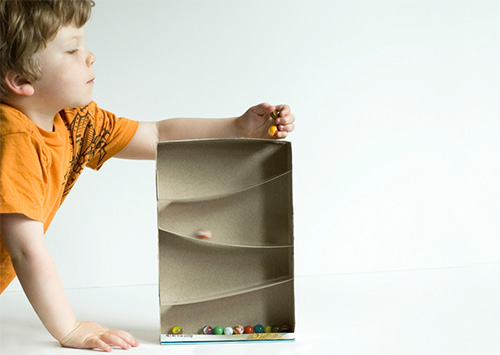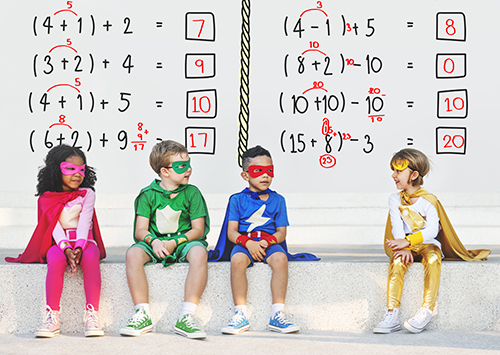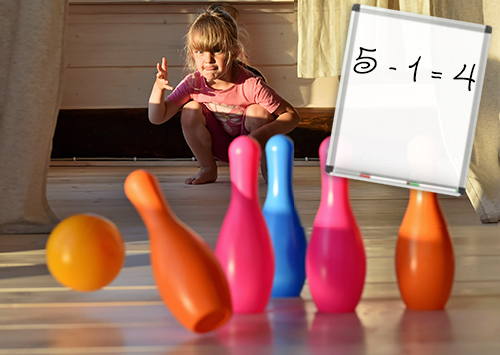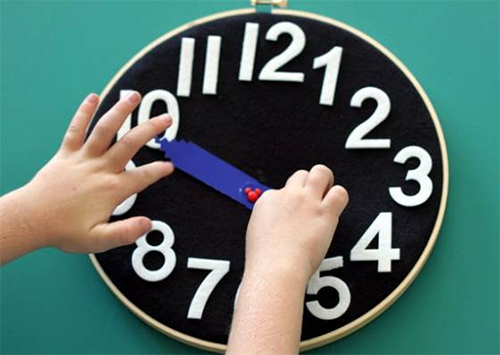A child’s first teacher is his parent. When children are still small, parents often improvise with toys or fruit to teach the child basic mathematics. But learning numbers is not enough, it is necessary to teach the child to think.
Parents should remember several important principles when they teach counting in order for their child to achieve a correct understanding of numbers.
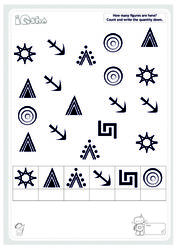
1. Sequence
Children must understand that in spite of what number they begin with, the system of calculation has a specific sequence.
2. Quantity
Explain that the number represents not only a figure, but also a certain quantity of subjects. Irrespective of placement and movement of these objects, their quantity remains the same. It is also necessary to practice calculations from left to the right, so the child understands that order does not matter.
The child must have an idea that it is possible to count not only physical objects, such as cups, spoons, candies, and things that can be touched. It is possible to count dreams, ideas, and desires. They are not visible, they are in our mind, but it is possible to count them too.
4. Combination
Our system of calculation consists of 9 numbers united in different combinations to designate other numbers. After 9 comes 10. The child should explain that 1 is used for the numbers 10, 100, 1000, etc. Very often children have problems with this concept.
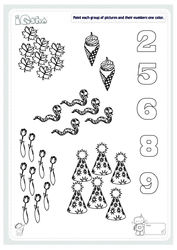
Teach the child to count when he has a desire to do so, by no means should you impose him to do it. Some parents train basic mathematics from early childhood. For example, you can show the child the number of years on her fingers while asking the question: "How old are you?” Then have the child show his age on his fingers.
You shouldn't be disappointed if he doesn't show the correct number at first. He will do it eventually. It is necessary to repeat these manipulations regularly, though. When he does everything correctly, praise him, smiling and saying that he has done well.
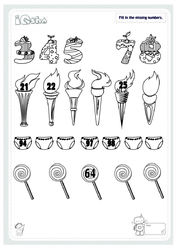
At an early age, it is necessary to model the situations to help the child learn counting. When you feed your child using a spoon, say things like: «First spoon, second spoon …» While drawing, give the child pencils and say: «one pencil, two pencils …». Make the calculation an integral part of your kid’s life. Count steps, pigeons on a balcony, apples on a tree, etc. Then your child will perceive it as a game, and all material will be acquired on a subconscious level.
Try to make such lessons short because your child will grow tired. Ten minutes is enough for a child to master a new training material. Also, don’t forget to show creative and original approaches to interest the child. When there is an opportunity and it is not dangerous, allow your child to touch the objects you’re counting.
Another major principle is regularity. The quality of your efforts depends on regularity. When the child draws, ask him to give you one pencil. If he doesn't answer, take one pencil and tell him: «This is one pencil». Repeat such manipulations until the actions become automatic. When the child copes with the task easily, complicate it. Ask him to give you two pencils, then three, and so on. Such exercises can be done using various domestic items.
You will see results of your child’s success with mathematics and ability to think and count with pleasure, when the child learns using more than just numbers.
Yana Kosyachenko

